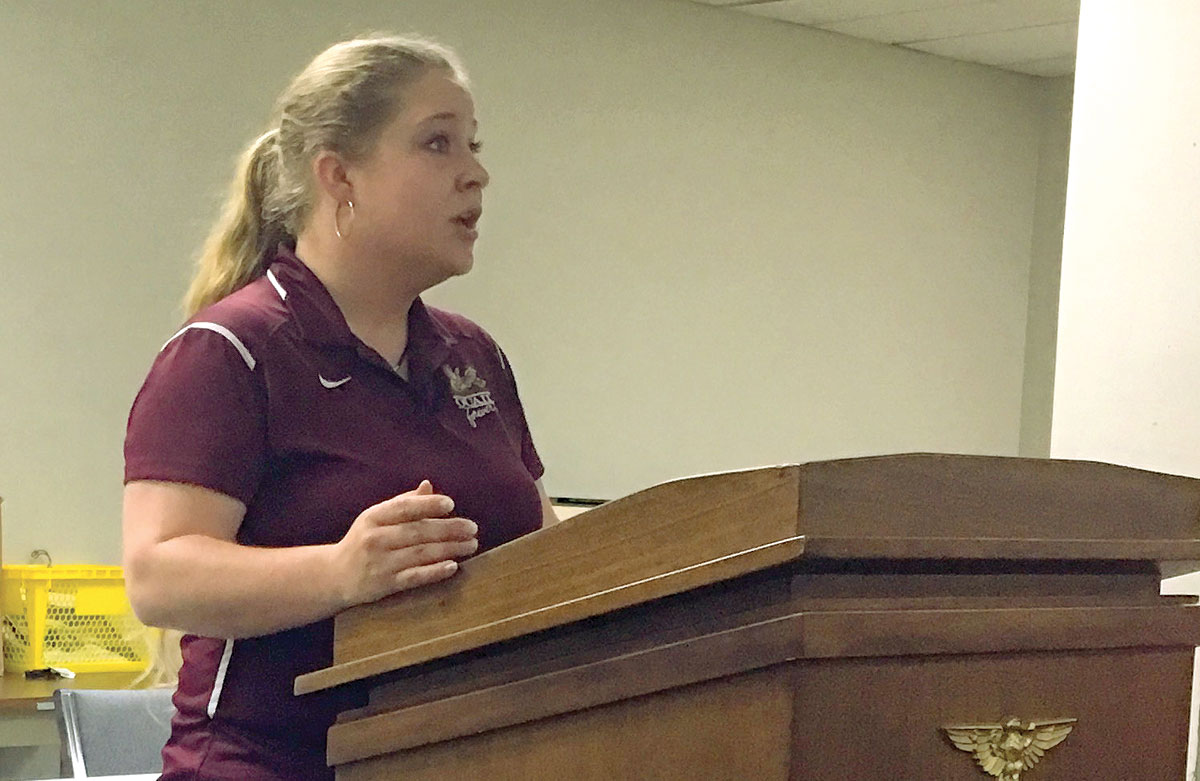
Couple reclaim 80 acres to build a poultry and beef cattle operation
Clay Wilson and Maggie Thompson are to be married in June. Clay is planning on being a full-time farmer while Maggie is hoping to keep her position at Powell Feed in Huntsville, Ark., perhaps joining Clay full-time later on.
In preparation for their marriage, the couple purchased 80 acres near Marble, Ark., last fall. The site was suitable for both a cow/calf operation and for the construction of two poultry breeder houses, which require an east-west orientation. In addition, the chicken house area had room for a shop with stalls for their horses. The only drawback to the site was an insufficient and appropriate water supply for the chicken houses. They solve the issue by drilling a 2,200-foot well.
The breeder houses are a natural choice for the couple. Their grandparents had laying hens and breeders so both Clay and Maggie are familiar with the processes and amount of work involved.
“We are lucky enough to have Tyson signs from our grandparents that we now use as memorabilia decoration in our new home,” Maggie added.
Soon after the September purchase, Clay and Maggie hired friend Travis Evans to do the substantial prep groundwork for the chicken houses and shop. The work took three months and included building up the site for the houses, as well as constructing a road appropriate for semi access both to and around the site.
“When you have someone you know and trust, you know the work will be done with the same attention to detail you would pay,” Clay explained.
Then in December, Reliable Poultry began the concrete work, which took only a couple of days. Next came standing wooden trusses, followed by a metal roof. Maggie explained that she chose a natural color to blend in with the environment, even though the houses are not generally visible.
December also ended up being the perfect time to bring their cattle and various other animals to the new site. They had just sold their last calf crop which meant the 30 Angus-influenced mommas would have time to adjust before spring calving. Clay bottle-fed their bull Walker who is, therefore, very accustomed to Clay.
When Walker is not in service, he stays at Clay’s dad’s, where the ladies keep him happy; a good arrangement for everyone. The couple also brought a few pet goats, four ranching horses and two mammoth donkeys for predator control to their new home. The area has the universally present coyotes and a reputed mountain lion.
The interior of the laying area is made of plywood and curtains, while the collection area is comprised of white metal walls, as well as gathering tables which bring the eggs from the nests inside the chicken house by conveyor belt to the inside of the collection area. The collection room houses the computer system as well as an egg cooler where the eggs are stored until pickup time. Equipment such as chain feeders, rooster feeders and water lines were installed along with nests and slats. Electricians and plumbers hooked up various systems. One example is LED lighting which runs from 5 a.m. to 10 p.m., with the feeding time being as soon as the lights come on in the morning. The purpose is to have the hens spend the rest of the day laying eggs which they do all throughout the day. Water, however, is free-choice all day long and mixed with electrolytes. The newly laid eggs roll onto a belt that delivers them to the collection room at one end of each house where they are placed in cartons.
Another important system involves setting up plumbing for the cool cells, which runs water 75 feet on the side of each house to a tank where that water is cooled before recycling. No heat is necessary because the birds arrived when 20 weeks old so they already possess natural cold protection. The last system to be installed is the computer system, which is set and put online allowing for adjustments even if Clay and Maggie are away from home.
Each house holds 13,300 laying hens and 1,300 roosters with one 10-month production cycle per year and two months out for cleaning and maintenance. The first flock of roosters arrived April 10 to give the males time to adjust to the rooster feeders and the hens arrived April 19. The hen feeders have a blockage for combs which prevents the roosters from accessing hen feeders though the feed for both is the same.
Eggs are placed in flats and put on a cart. The production cycle starts slowly at twice per day, peaks to three times per day finally slowing to twice a day again as the birds are ready to retire from production. Interestingly, the roosters are less active and productive as the production season progresses. In order to promote competition and productivity new roosters also called spikes are placed in the flocks intermittently.
“We are close to finishing construction though weather has been an issue,” Clay said. “We have had several rain delays, once up to a week, because of the amount of rain and because of the lower location. Our wedding, however, will have no delay.”







Nice post about Family Farm in Ozarks farm. Actually there is a good farm need in every area to make the nature gree.